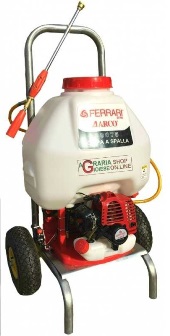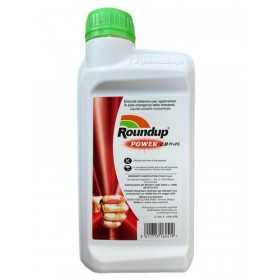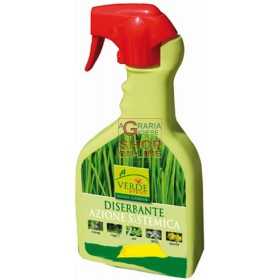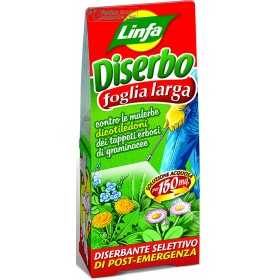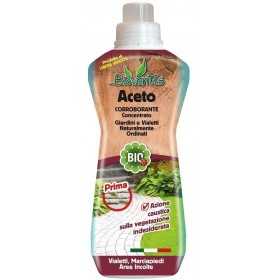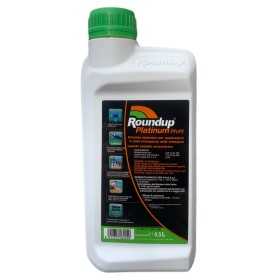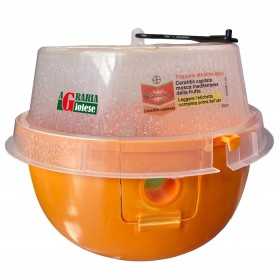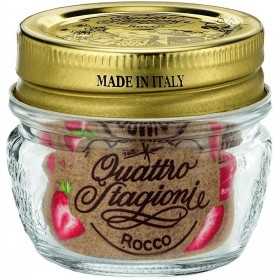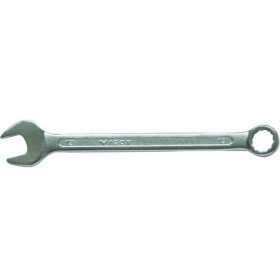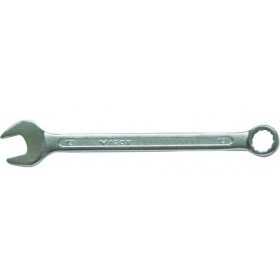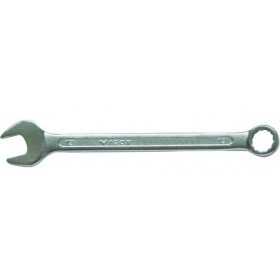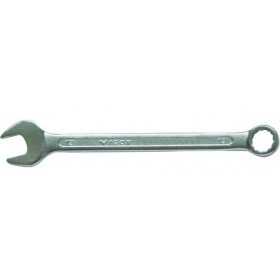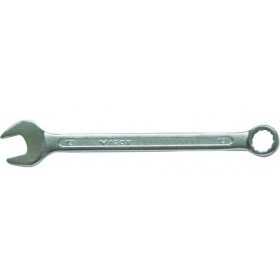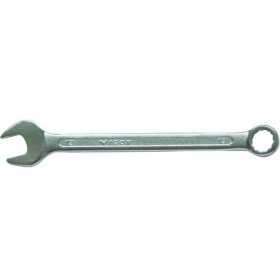KOLLANT LEOPARD 5C SELECTIVE HERBICIDE ML. 250

Advertising [ProductAdditionalInfo]
Security policy
(edit with the Customer Reassurance module)
(edit with the Customer Reassurance module)
Delivery policy
(edit with the Customer Reassurance module)
(edit with the Customer Reassurance module)
Return policy
(edit with the Customer Reassurance module)
(edit with the Customer Reassurance module)
Description
KOLLANT LEOPARD 5C SELECTIVE HERBICIDE ML. 250
- SELECTIVE HERBICIDE OF THE INDICATED CROPS, EFFECTIVE AGAINST ANNUAL AND MULTI-YEAR GRAMINE WEEDS
TECHNICAL FEATURES
- LEOPARD 5 EC is a selective herbicide of post-emergence with foliar absorption indicated for the control of annual and multi-annual grass weeds. In relation to the seasonal trend, the herbicidal effect manifests itself in 7-15 days. Controlled weeds: Annual grasses: Alopecurus spp. (Rat tail), Avena spp. (Oats) *, Digitaria spp. (Sanguinella), Echinochloa spp (Giavone) *, Lolium spp. (Ryegrass) *, Phalaris spp. (Scagliola) *, Poa annua (Fienarola), Setaria spp. (Pabbio). Multi-year grasses: Agropyron repens (Common Agropiro), Cynodon dactylon (common gramigna), Sorghum halepense (Sorghetta from seed) Available size: 250 ml.
Fight against:
- GRAMINACEE
Registration
- Ministry of Health Authorization No. 11243 of 03/15/2002
USE
- Carry out only one application per year using the product at the lowest dose for weed control in the early stages of development and at the highest doses for weed control during the full tillering stage. LEOPARD 5 EC can be used in the weeding of the following crops at a dosage of 1-3 l / ha in 200-400 liters of water: Head cabbage, cauliflower, broccoli: from overcoming the transplant crisis up to time of shortage. Tomato, eggplant: from overcoming the transplant crisis to fruit set. Rapeseed: within the closing of the row. Tobacco: until the extension of the internodes is finished. Potato: within the close of the row. Alfalfa, clover, vetch: within the close of the row. Vine, apple, pear, quince, medlar, Japanese medlar, peach, nectarine: before the fruits begin to take on their specific color. Citrus fruits, apricot, plum, cherry, nuts: treat in the absence of fruit. Ornamental, nursery, forestry: post-emergency weed treatments allowed only through the use of shielded equipment. Linen, cotton: post-emergence treatments and before the edible parts of the crop have formed. For the following crops, use at a dose of 1-2.5 l / ha in 200-400 liters of water: Soy, sunflower: treat within the close of the row. Sugar beet, red beet and forage: within the close of the row. Onion, garlic, shallot: up to 30% of the final bulb diameter. Carrot, turnip, radish: up to 30% of the final diameter of the taproot. Chickpea, lentil, bean, green bean, broad bean, field bean and pea: until the end of the extension of the internodes or within the closing of the row. For the following crops, use at a dose of 1-2 l / ha in 200-400 liters of water: Thistle (non-food use): within the closure of the row.
COMPATIBILITY
- The product is used alone.
PHYTO-TOXICITY
- The product can be phytotoxic for crops not indicated on the label. Treat in the absence of wind so as not to damage nearby sensitive crops.
INTERVAL
- 100 days before harvest for rapeseed; 60 days before harvest for sugar beet, soybean, sunflower; 45 days before harvesting per vine; 42 days before harvesting for beans and peas (fresh consumption), green beans, broad beans; 40 days before the harvest for tobacco; 30 days for bean and pea (dry consumption), potato, lentil, chickpea, garlic, onion, shallot, carrot, turnip, radish, head cabbage, cauliflower, broccoli, tomato, eggplant, apple tree, pear, quince, medlar, medlar of Japan, peach, nectarine.
COMPOSITION
- Quizalofop-p-ethyl pure: 5.4 g (= 50 g / l) Hydrocarbons, C10-C13, aromatics, <1% naphthalene Coformulants qba: 100 g
TREATMENTS
- The product acts slowly and it takes 7-15 days, in relation to the seasonal trend, to show the herbicidal effect. The climatic conditions favorable to the vegetative growth of weeds (warmth and a good level of soil humidity) improve and accelerate the effectiveness of the product. As far as perennial weeds are concerned, the fragmentation of the rhizomes carried out with mechanical processes improves the effectiveness of the treatment.
Data sheet
8 other products in the same category:
Best Sellers All best sellers
New products All new products trending_flat




